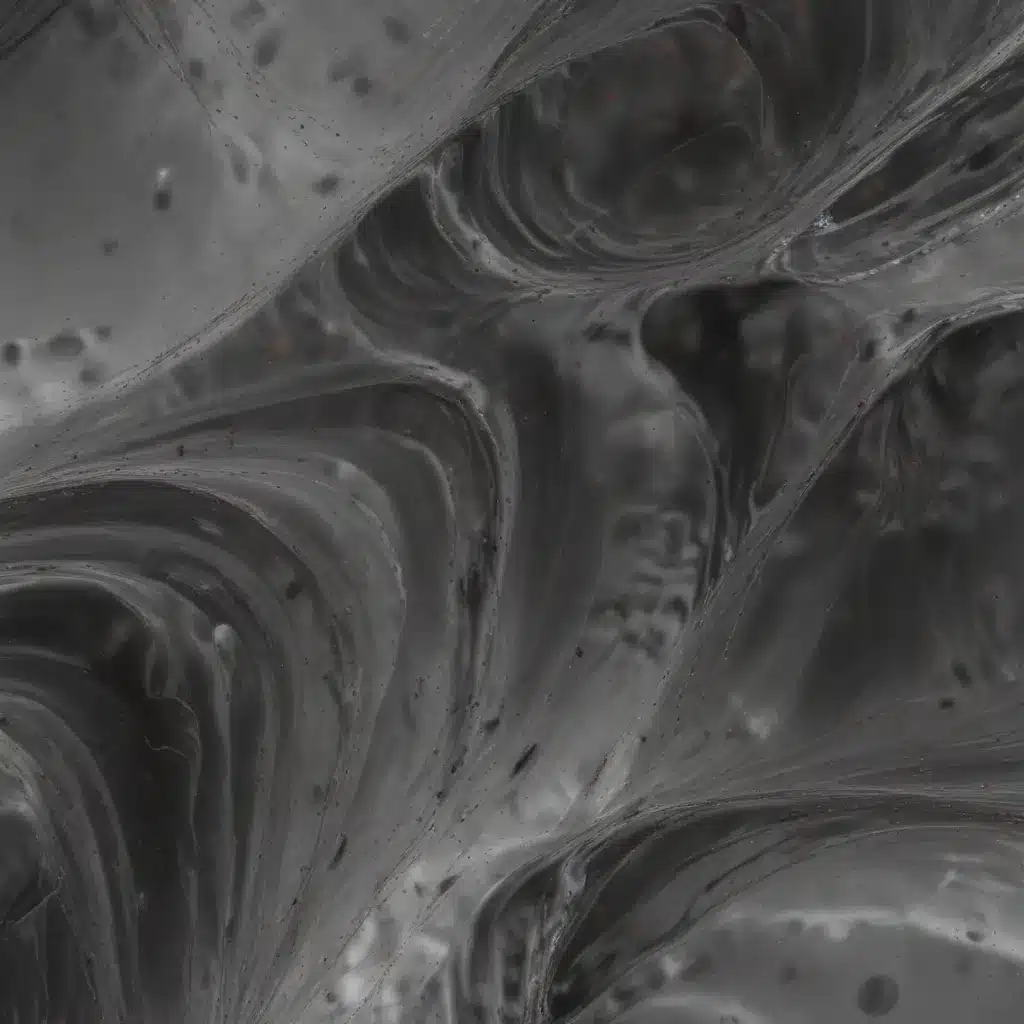
Exploring the Complexities of Jet Impingement Cooling for Enhanced Heat Transfer
In the realm of air-cooled heat exchangers, the efficiency of heat transfer is a critical factor that determines the overall performance and viability of these systems. One innovative approach to enhancing heat transfer is the use of jet impingement cooling, where high-velocity jets of fluid are directed onto targeted surfaces. This technique has garnered significant attention in the thermal engineering community, particularly for its applications in gas turbine blades, electronics cooling, and various industrial processes.
Understanding the Fundamentals of Jet Impingement Cooling
Jet impingement cooling works on the principle of disrupting the boundary layer and increasing the convective heat transfer coefficient at the target surface. As the high-velocity jet strikes the surface, it creates a stagnation region where the fluid is decelerated, resulting in a localized increase in heat transfer. This phenomenon is further amplified when the jet is arranged in an array, allowing for the synergistic effects of multiple jets to be harnessed.
However, the complexities of jet impingement cooling extend beyond the basic principles. The specific geometry of the jet and target surface, as well as the fluid dynamics involved, can have a significant impact on the overall heat transfer performance. Factors such as jet-to-jet spacing, nozzle-to-surface distance, and surface roughness or modifications can all influence the heat transfer characteristics.
Numerical Investigations of Jet Impingement Cooling
To gain a deeper understanding of these complex phenomena, researchers have turned to numerical simulations as a powerful tool for investigating the intricate details of jet impingement cooling. By leveraging computational fluid dynamics (CFD) and heat transfer modeling, researchers can explore a wide range of parameters and configurations, providing valuable insights that inform the design and optimization of air-cooled heat exchangers.
One such numerical investigation, published in the Energy Equipment and Systems journal, examined the performance of a turbulent jet array impinging on both smooth and dimpled surfaces. The study, conducted by Bahman Jahromi and Farshad Kowsary from the University of Tehran, Iran, aimed to elucidate the influence of surface modifications on the heat transfer and fluid flow characteristics.
Smooth vs. Dimpled Surfaces: Exploring the Impact on Heat Transfer
The researchers employed a comprehensive numerical approach, utilizing the Reynolds-Averaged Navier-Stokes (RANS) equations coupled with the k-ω turbulence model to capture the complex turbulent flow and heat transfer phenomena. They simulated the behavior of a jet array, consisting of five circular jets, impinging on both smooth and dimpled target surfaces.
The dimpled surface, characterized by a series of hemispherical indentations, was designed to introduce flow disruptions and promote turbulence, potentially enhancing the heat transfer performance. By comparing the results between the smooth and dimpled surfaces, the researchers sought to uncover the underlying mechanisms and quantify the benefits of surface modifications.
Key Findings from the Numerical Investigation
The study revealed several intriguing insights into the impact of surface modifications on jet impingement cooling:
-
Heat Transfer Enhancement: The dimpled surface demonstrated a significant improvement in heat transfer compared to the smooth surface. The average Nusselt number, a dimensionless parameter that quantifies the convective heat transfer, was found to be up to 30% higher for the dimpled surface configuration.
-
Fluid Flow Dynamics: The dimpled surface introduced complex flow patterns, with the formation of recirculation zones and increased turbulence levels within the dimpled cavities. This disruption of the boundary layer facilitated better mixing of the incoming fluid, leading to enhanced heat transfer.
-
Stagnation Point Shift: The presence of the dimpled surface caused a shift in the location of the stagnation point, the region of maximum heat transfer, away from the jet’s centerline. This shift in the stagnation point resulted in a more uniform distribution of heat transfer across the target surface.
-
Pressure Drop Considerations: While the dimpled surface offered improved heat transfer performance, it also led to a slightly higher pressure drop across the system compared to the smooth surface. This trade-off between heat transfer enhancement and increased pressure drop is an important factor to consider in the design optimization of air-cooled heat exchangers.
Practical Implications and Applications
The findings from this numerical investigation have significant practical implications for the design and optimization of air-cooled heat exchangers, particularly in industries where efficient thermal management is critical, such as power generation, aerospace, and electronics cooling.
By understanding the impact of surface modifications on jet impingement cooling, engineers can explore strategic design choices to improve the overall performance of air-cooled heat exchangers. The implementation of dimpled surfaces, or other surface enhancement techniques, can be a viable approach to boost heat transfer while maintaining acceptable pressure drop levels.
Moreover, the insights gained from this numerical study can inform the development of predictive models and design tools, empowering heat exchanger manufacturers and thermal engineers to make more informed decisions during the design process. By bridging the gap between numerical simulations and practical applications, the field of air-cooled heat exchangers can continue to evolve and deliver innovative solutions to meet the ever-growing demands for efficient thermal management.
Conclusion: Embracing the Future of Air-Cooled Heat Exchangers
As the world continues to seek more sustainable and energy-efficient solutions, the importance of air-cooled heat exchangers cannot be overstated. The ongoing research and development in this domain, including the numerical investigations of jet impingement cooling, are crucial in driving the advancement of these critical components.
By leveraging the insights gained from studies like the one discussed in this article, Air Cooled Heat Exchangers can continue to push the boundaries of thermal engineering, delivering innovative designs and optimized performance that cater to the evolving needs of various industries. As we navigate the future, the continuous exploration of jet impingement cooling and the incorporation of advanced surface modifications will undoubtedly play a pivotal role in shaping the next generation of air-cooled heat exchangers.

